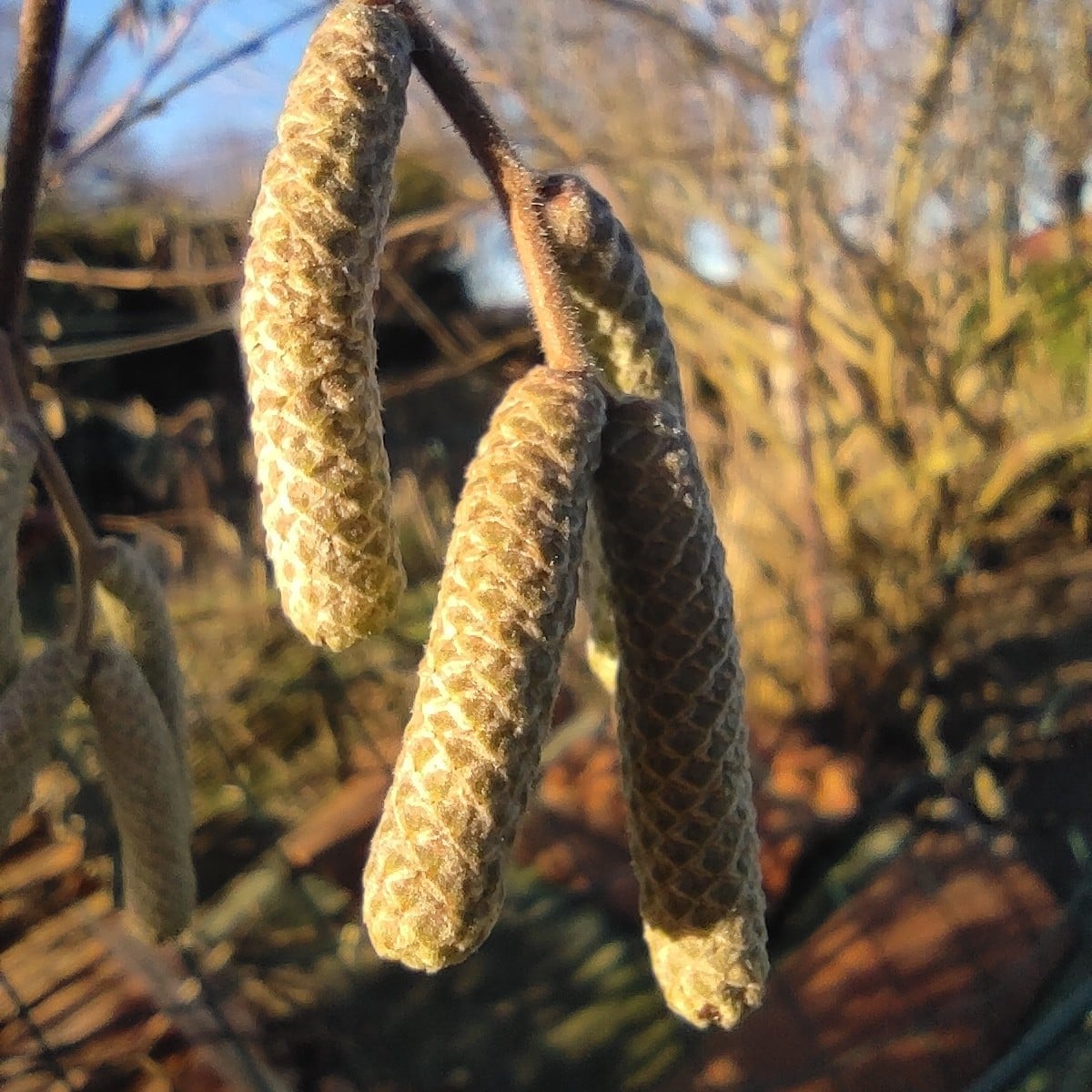
Growing Winter Vegetables: Advantages, Varieties and Sowing Times
To be able to harvest vegetables from your own garden in the fall and early winter months, now is the right time to see what else can be sown. After all, what could be nicer than walking through the garden on a cold November day and harvesting something fresh for dinner?
This Article Contains:
Quick Overview
Growing Winter Vegetables: Tips
- Advantages of winter cultivation: With winter cultivation, it is still possible to eat regionally, seasonally and sustainably during a large part of the cold season and thus increase the degree of self-sufficiency
- What to look out for: When growing vegetables in winter, make sure that they are sown in good time so that they have time to grow over the summer. In winter, foil tunnels can protect against the cold. However, care must be taken to ensure that moisture does not accumulate, which can lead to rot and frost in the cells.
- The plants get a head start if they are pre-grown in sowing pallets and can then move into the vacated fall bed as a finished plant
- Depending on the variety, June to August is the right time to start winter sowing
- Suitable winter varieties: there is a wide range of cabbages, endive and root vegetables that are suitable for growing in winter. These include: Popsicle radish, Castelfranco radicchio, pak choi and kale.

What Are the Advantages of Winter Cultivation?
Winter vegetable growing has other advantages besides the fact that you can still harvest fresh vegetables in November or December. In order to do something good for your soil and to comply with nature's wish that the soil never lies bare, you can sow green manure in late summer or early fall when the beds are harvested. This not only protects against erosion, but also maintains soil health. Of course, you can also simply grow an "edible green manure", e.g. Winter Purslane, to keep the soil covered. When we say "edible green manure", we are not thinking of mustard or winter rye, but also of tasty lettuce, carrots and cabbage. These are all vegetables that can survive a few degrees of frost unscathed. You can also make an important contribution to the environment, as there is less packaging waste from bought-in vegetables. In addition, you don't have to transport your own vegetables, which saves on particulate matter and CO2 emissions. With winter cultivation, it is possible to eat regionally, seasonally and sustainably for a large part of the cold season and thus increase the degree of self-sufficiency. If you are prepared to do without fresh cucumbers and tomatoes at this time of year, you can still be wonderfully self-sufficient with fresh and seasonal winter vegetables. So why should the precious bed space in your own garden lie unused in the winter months when you can grow something tasty there instead?
What Do I Need to Consider When Growing Winter Vegetables?

Although it is not so bad in spring if some vegetable seeds do not go into the ground until a week later, every day can be precious when Sowing Winter Vegetables! From the summer solstice at the end of June, the days get shorter and shorter. This means that the crops have less and less time to mature or grow large enough before winter. From mid-November, daylight decreases to such an extent that hardly any plant growth takes place. Growth should therefore be largely complete by then. From this point onwards, the plants just have to stand in the bed, defy the cold weather and wait to be harvested. Of course, the vegetables should not be sown too early. On the one hand, it could then become quite cramped in the bed, as many crops have probably not yet been harvested. On the other hand, there is a risk that some crops will start to bolt. This is due to the fact that many winter vegetables go into flower quickly when the daylight is longer than 12 hours. Therefore, certain varieties must be planted at a later stage. You should also ensure that the plants are planted further apart than in summer or spring, as it is generally wetter in the fall and the plants are more likely to rot or develop grey mold if they are densely planted and there is a lot of moisture. The plants should be planted in such a way that they can be easily protected with a few wire arches covered with fleece or perforated foil. This mini tunnel protects the plants from the cold, wind and hungry birds. Of course, you should still keep an eye out for snails, as they are active well into the winter. If possible, the fleece or foil of the tunnel should not touch the leaves of the plants, as these are the first places the plants will start to rot if moisture builds up under the fleece or foil.
How Are the Plants Sown?
Winter vegetables can be grown wherever beds become free and gaps are created. For example, pea beds, broad bean beds and early salad beds can still be planted with cabbage, endive or late carrots. Early potato beds are also ideal for sowing or planting a few plants for the fall and winter harvest. The plants get a head start if they are pre-grown in sowing pallets and can then move into the vacated bed as a finished plant. Cabbage plants grow particularly well if they are pricked out a second time and then planted out with 5-6 leaves. Carrots are sown directly into the bed and covered with a fleece, which retains moisture better and facilitates germination. Once they are 5 cm high, the fleece can be removed.

You Are Looking for a Garden Community?
This article is made from a dear member of the Fryd community. Here you can meet experienced gardeners and exchange ideas or ask for help and advice. If you want to connect with other garden lovers, this is the right place for you!
Join Community NowWhen Is What Sown?
June: Mid to late June is the perfect time to sow green and palm kale, fast-growing white or pointed cabbage, broccoli and slow-growing kohlrabi. You can also sow beet, which should be covered with some leaves in the event of light frosts. This way, they can remain in the bed until the first heavier frosts. At the end of June, early bush beans or sugar snap peas can be sown again and then planted in beds that become available at the beginning to middle of July.
July: Various radicchio or sugar loaf lettuces are sown at the beginning of July. These should be left to germinate in a cool place (below 20 °C/68 °F) for 1-2 days so that they germinate more reliably. Depending on how free the beds are, fast-growing summer carrots can be sown directly into the beds until the end of July. Summer carrots have a short development time of 90 - 100 days and are only suitable for fresh consumption and not for storage.
August: At the beginning of August, it is finally time to sow endive lettuce and various radishes and turnips. The radishes and turnips are sown directly into the beds (root vegetables!). Lamb's lettuce is sown in mid-August.
Suitable Winter Varieties

Not every variety is suitable for sowing now, so it is particularly important to choose the right varieties for winter cultivation. If in doubt, the seed packets will provide information.
- lark's tongues kale
- palm kale Nero di Toscana
- white cabbage Golden Acre or Early Dittmarsch
- pointed cabbage Express
- kohlrabi Superschmelz/Gigant
- beetroot Robuschka or Tondo di Chioggia
- sugar loaf lettuce Pan di Zucchero
- radicchio Castelfranco, Rosso di treviso, Radicchio di Chioggia
- cicoria Catalogna e.g. Puntarelle (volcanic asparagus)
- nantaise or Dolciva carrots
- endive Escariol, Wallone
- round black radish
- radish Icicle
- autumn turnip
- pak choi or tat soi
- chinese cabbage or Chinese cabbage leaf
- Salads
This means that the garden beds do not have to remain empty throughout the winter if plants are replenished now. With a little clever planning, the harvest season can be extended considerably and the degree of self-sufficiency increased.
If you have any questions or comments, please write to us at [email protected]. Would you like to receive helpful gardening tips all year round and plan your own beds optimally? Then register here or download the Fryd app for Android or iOS.
Fryd - your digital bed planner

Tini
Tini (39), has been cultivating a natural and sustainable garden since 2004. She now successfully grows fruit and vegetables for the whole family on 800 square meters. Her special focus is on growing and harvesting during the cold season. She occasionally writes as a guest author for Fryd magazine.
Current Topics in the Community

Liked 1 times
The chickens are not happy about the cold weather.
Show 1 answer
Without words
Show 1 answer
Liked 4 times
It may have actually worked with the shiitake smuggled into the fallen birch tree in our forest 🍄
Popular Articles

Overwintering Parsley: How to Do It Successfully

How to Grow Lettuce in Winter: Varieties, Sowing, Harvesting

Growing Sage Plant: Tips for Sowing and Harvesting

What Herbs Can Be Planted Together?

Create & Design a Permaculture Garden

Overwintering Plants: Tubs, Pots and Raised Beds

Pruning, Fertilizing & Propagating Currants: Care Tips

Pruning Raspberries: How to Do It

Vegetable Garden With Greenhouse: How to Use Greenhouse Effect

Winterizing Beds and the Garden: How to Do It